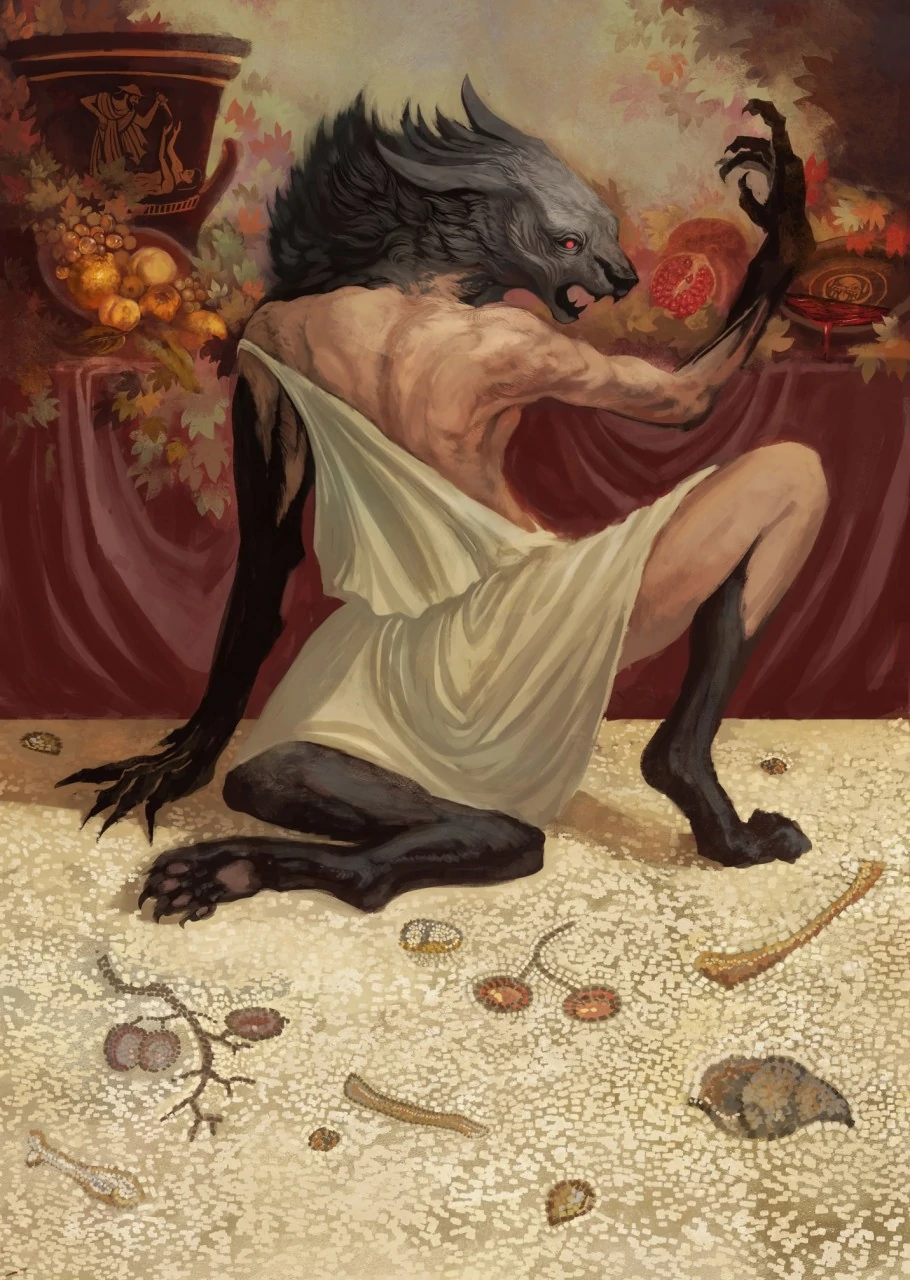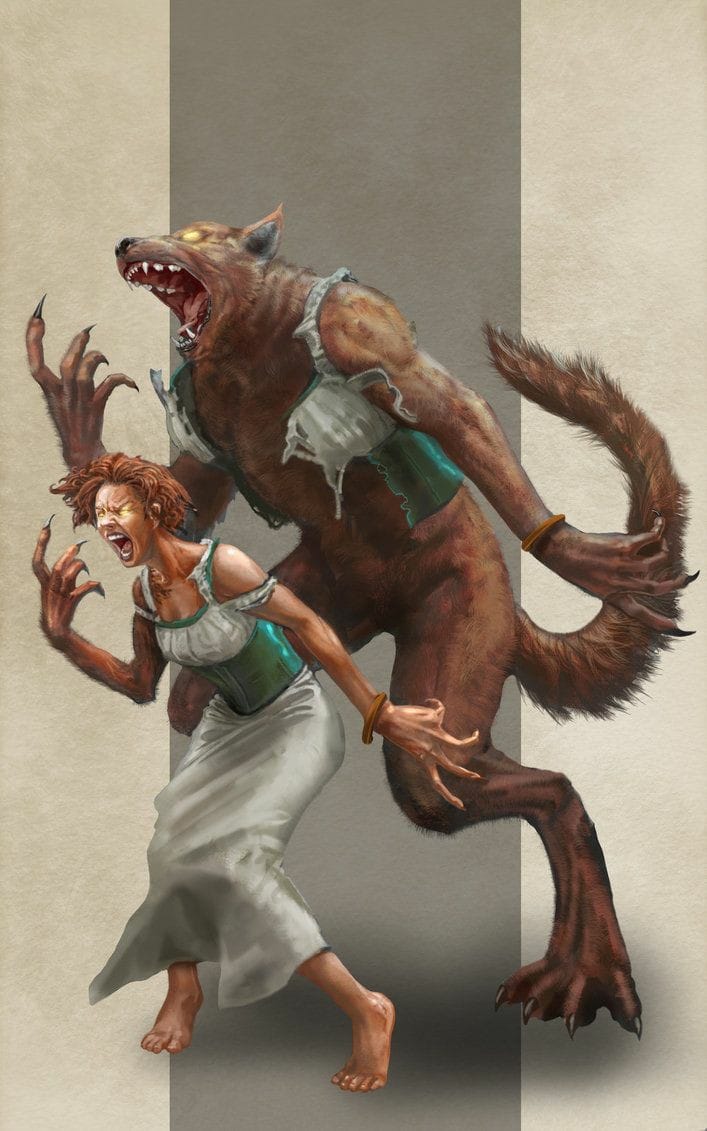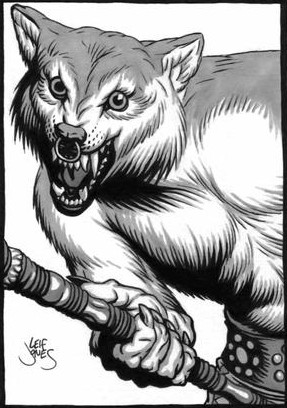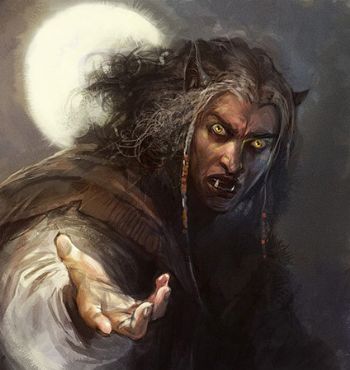Lycaon
Stories of men turning into beasts go back to antiquity. In parts of ancient Greece, werewolf myths, stemming from prehistoric times became linked with the Olympian religion. Lycanthropy (werewolfism) was named for Apollo Lycaeus, “Wolfish Apollo,” who used to be worshiped in the famous Lyceum or “Wolf-temple” where Socrates taught. Apollo was mated to Artemis … Read more









